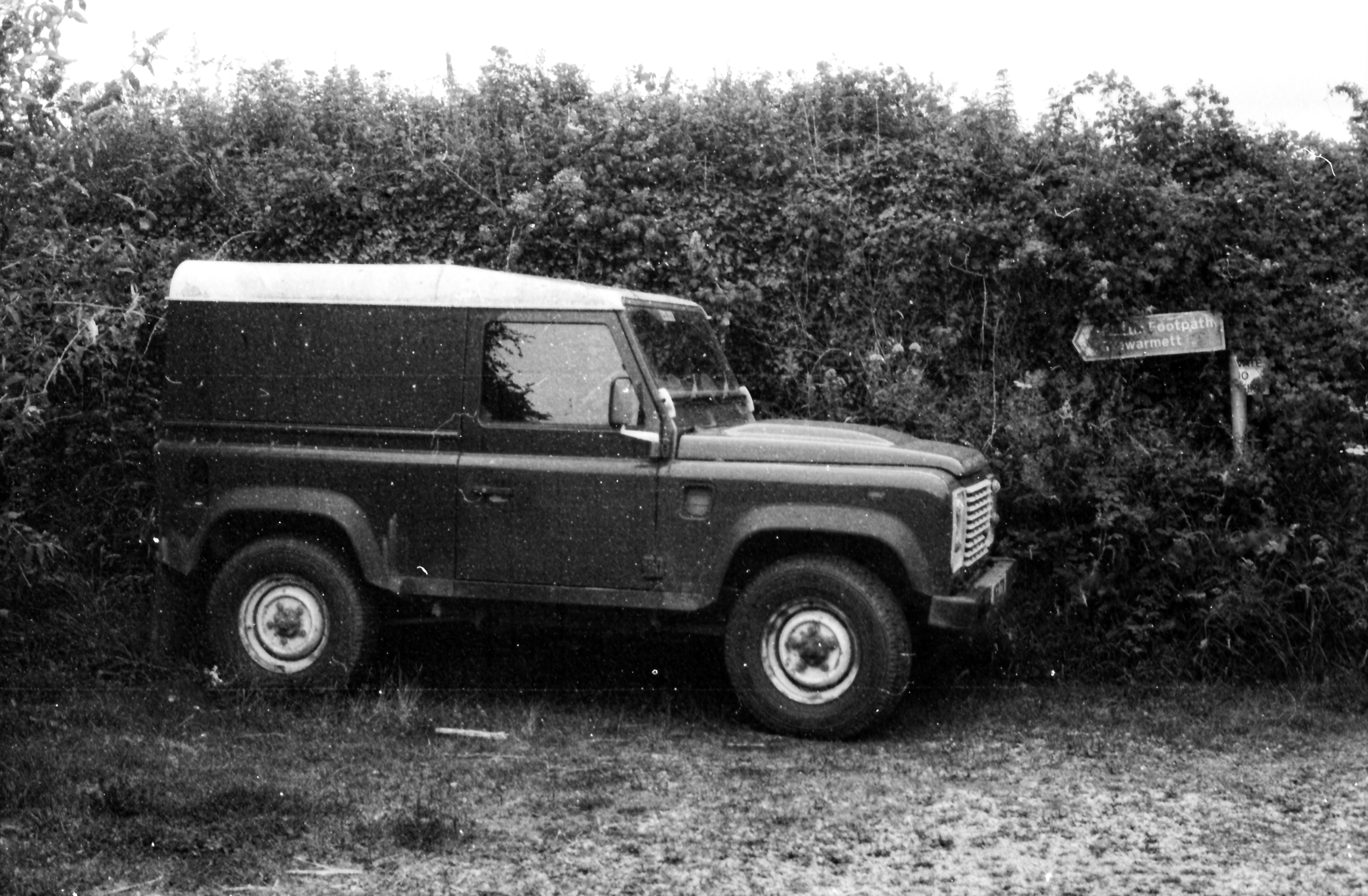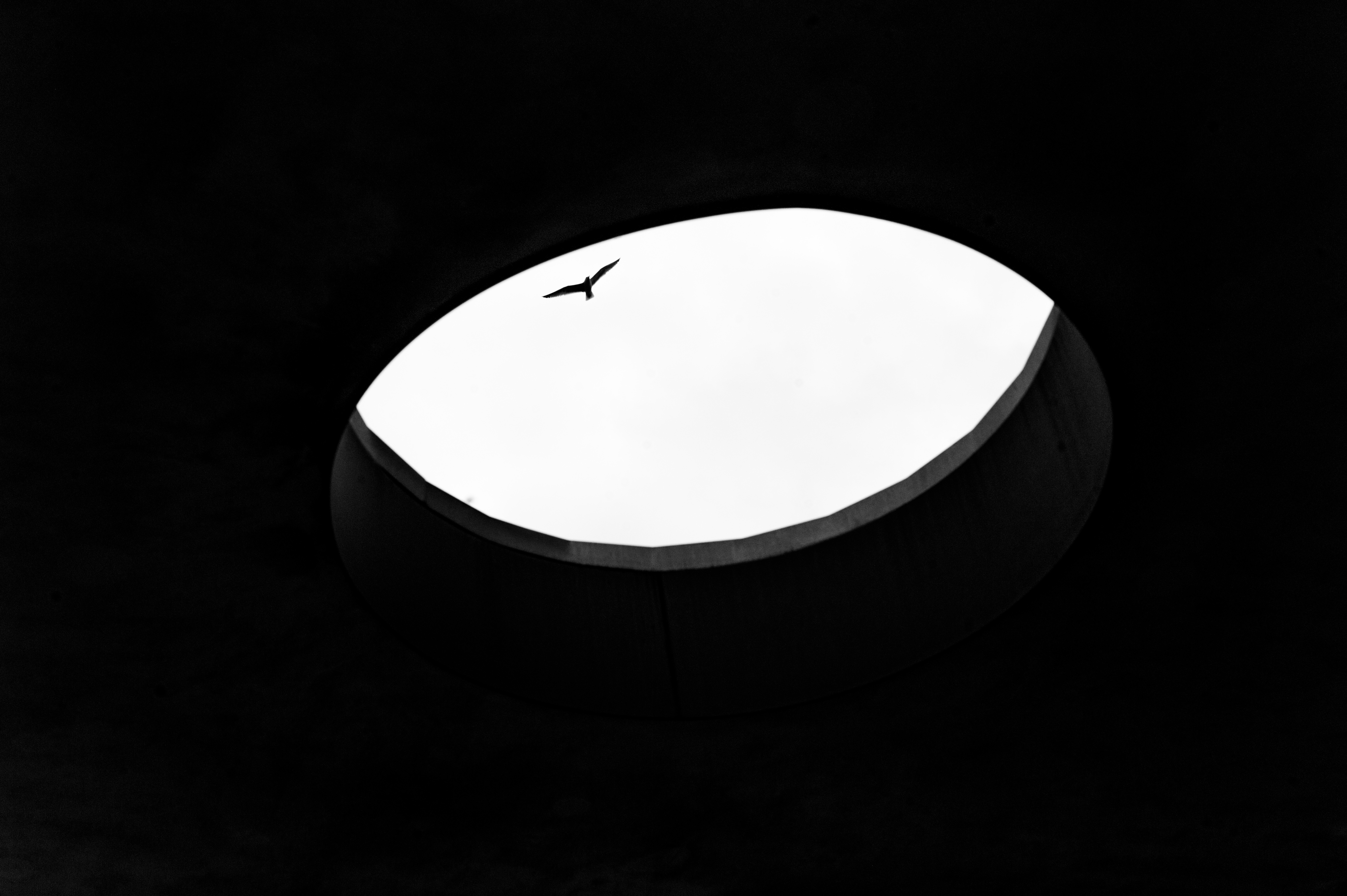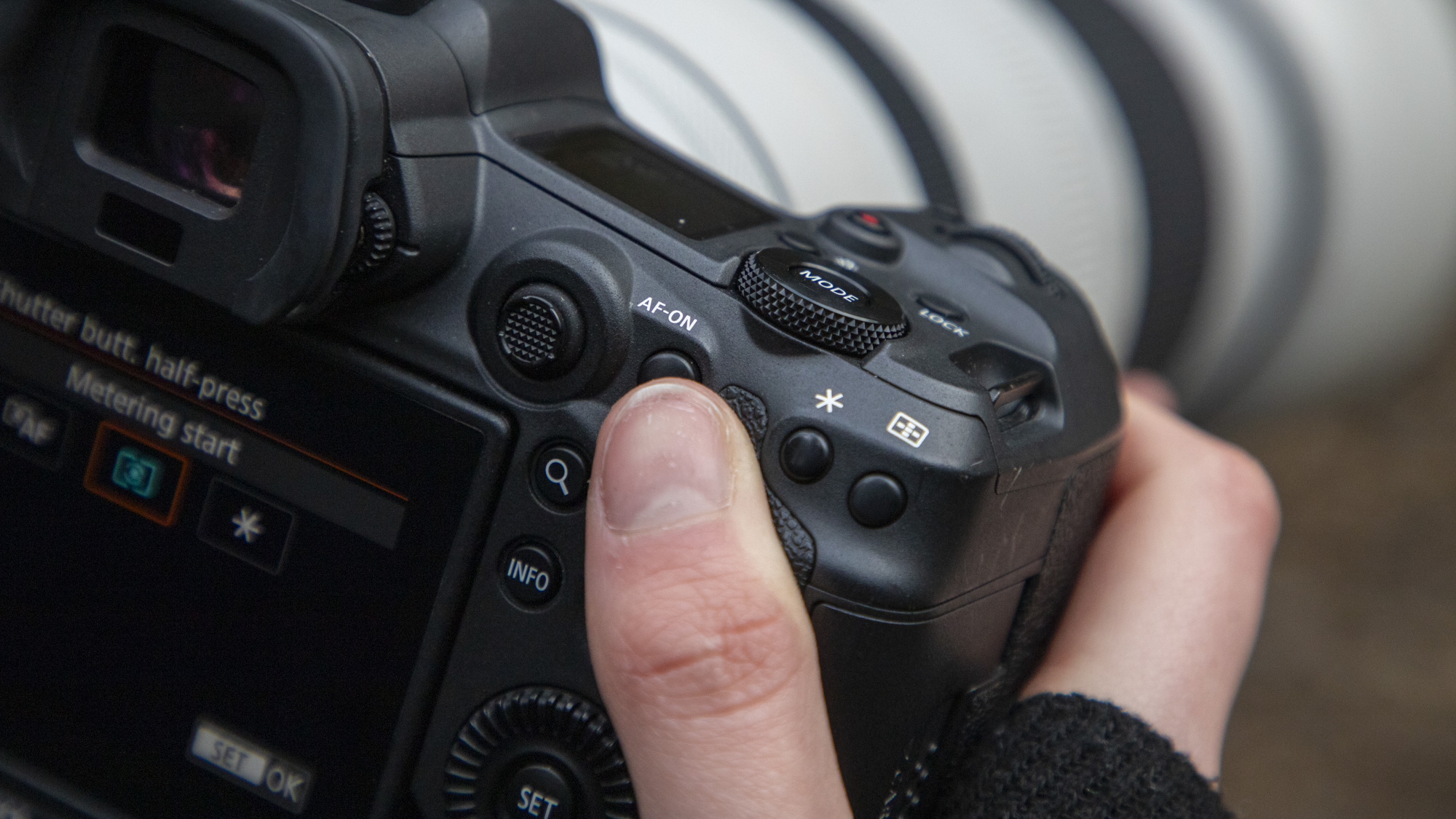Instagram ruined photography - and we let it happen
We let Instagram gut photography - and we're still pretending it's fine

There was a time when Instagram felt like a gift. A space where photographers - amateurs, pros, and daydreamers alike - could share their work without overthinking. You'd post a photo because you loved it, not because you hoped it might go viral. You'd scroll through your feed and actually see photography.
Real work. Real voices. Not flat, over-sharpened sunsets chasing engagement. Back then, it felt more like a gallery and less like a casino. But somewhere along the line, we handed it all over to the algorithm.
Now? The algorithm is the client. The algorithm is the audience. We shoot for clicks, crop for engagement, and frame everything with a thumbnail preview in mind. The art is secondary. The storytelling, forgotten.
What matters now is whether a photo stops the scroll. That’s not photography. That’s bait! Somehow, we’ve convinced ourselves it’s worth it - for what? A dopamine drip and a handful of likes that evaporate by morning?
Personally, I can’t stomach it anymore. I spend maybe ten minutes a day on Instagram. I log in, schedule a post if I need to, or tap through a few stories out of curiosity or boredom. Then I’m done. I don’t linger. I don’t check numbers. I certainly don’t plan my shoots around what the algorithm wants to see. If you do that long enough, your portfolio starts looking like everybody else’s. beige, designed to be consumed in half a second and never thought of again.
The worst part is, we let it happen. We handed over our creative compass in exchange for short-term approval. We let a machine define what good photography looks like, instead of trusting our own eyes and instincts. We stopped shooting for ourselves - or for the clients who pay our bills - and started shooting for strangers who won’t remember our names by next week. That’s not growth. That’s self-erasure.
I understand some people need the platform to get work. But there's a difference between using Instagram and being used by it. Chasing the algorithm won't make you a better photographer. It’ll just make you faster at producing forgettable content.
The best camera deals, reviews, product advice, and unmissable photography news, direct to your inbox!
For what it's worth, the best work I’ve seen in recent years comes from photographers who couldn’t care less about hashtags or timing their posts for maximum exposure. They're out shooting, not refreshing their notifications.
We need to remember why we picked up the camera in the first place. Photography isn’t about popularity. It’s not about feeding a system that never gives back. It’s about making images that matter - to you, to the people in them, or to the clients who trust you to tell their story. If Instagram doesn’t like it? Good. That probably means you’re on to something worth looking at.

For nearly two decades Sebastian's work has been published internationally. Originally specializing in Equestrianism, his visuals have been used by the leading names in the equestrian industry such as The Fédération Equestre Internationale (FEI), The Jockey Club, Horse & Hound, and many more for various advertising campaigns, books, and pre/post-event highlights.
He is a Fellow of the Royal Society of Arts, holds a Foundation Degree in Equitation Science, and holds a Master of Arts in Publishing. He is a member of Nikon NPS and has been a Nikon user since his film days using a Nikon F5. He saw the digital transition with Nikon's D series cameras and is still, to this day, the youngest member to be elected into BEWA, the British Equestrian Writers' Association.
He is familiar with and shows great interest in 35mm, medium, and large-format photography, using products by Leica, Phase One, Hasselblad, Alpa, and Sinar. Sebastian has also used many cinema cameras from Sony, RED, ARRI, and everything in between. He now spends his spare time using his trusted Leica M-E or Leica M2, shooting Street/Documentary photography as he sees it, usually in Black and White.
You must confirm your public display name before commenting
Please logout and then login again, you will then be prompted to enter your display name.



